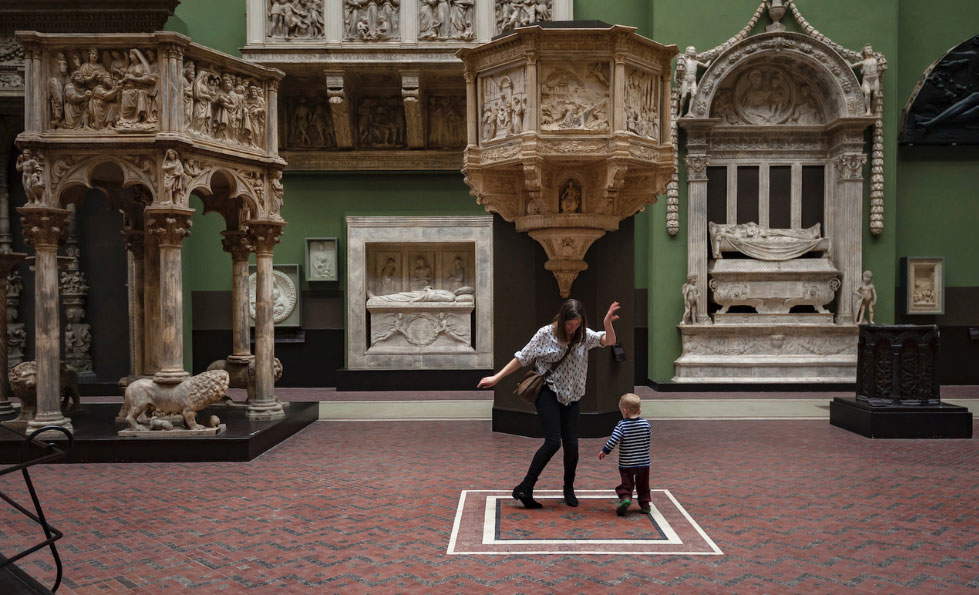The #PCV19 (post Covid-19) scenario is already producing profound changes in the cultural sector: almost frenetic generation and exchange of content, immaterial fruition, multiplication of platforms, globalization of the audience. An evolution, first of all, of languages, now functions of the medium (the network) and that temporal acceleration that Zygmunt Bauman calls nowism and dictates the limperative stay connected.
There is no disputing that this is an epochal change, one that pulls the debate out of the usual dichotomy between protection and enhancement by force in order to project our gaze much further into a future that appears so uncertain as to look like a frame from The Matrix.
The implications, on the other hand, are anything but theoretical and impact as much on the long-term vision as they do on the day-to-day and concrete aspects of cultural management, when museums and cultural venues will definitively reopen to the public, or rather, to the publics that have changed in the meantime and that in turn will change their enjoyment.
 |
| Visitors to the Victoria and Albert Museum in London. Photograph by Massimo Pacifico on display at the Effetto Museo exhibition (Florence, Museo Marino Marini, Jan. 21 to Feb. 24, 2019) |
So (we ask) can we get something positive out of this immense crisis? Perhaps. The cultural sector has reacted to the pandemic with great generosity and sense of responsibility. The even psychological resilience of the quarantine on the part of the population was also due to the incredible amount of events, productions, tours, and high-level virtual visits that were made easily available, free of charge online, reaching a vast and diverse audience as never before. However, the other side of the coin shows us how the sector, which has now become a creative industry, employing hundreds of thousands of people, with important economic flows, a driver of tourism and a very large and composite supply chain, needs significant revenues to sustain itself.
The direct consequence is, evidently, a profound reorganization, through a reformulation of the paradigm of traditional museum offerings, which can no longer be based on the preservation-institution/use-public relationship, but change in favor of that call to action/participation.
It will therefore be increasingly necessary for museums to connect what is kept inside with the world outside, choosing alternately to keep the pace ofacceleration of relationships and communications, or deciding to reassert the character of places of meditation and slowness, oases of the real. As well as measuring oneself with technology without renouncing the all-too-human experience of visiting, using it rather as a tool for deepening and enhancing.
That is not all. In a radically changed cultural ecosystem and where the life of communities is transformed not only under the banner of a before and after, but also (especially) of an inside and outside, innovation and technologies become potential tools for inclusion and democratic practice.
In this groove, cultural places acquire a special mission, that of hubs that interact with the territory and citizenship. For this reason, museum institutions must be supported, including economically, to increasingly practice research and discovery, in permanent relationship with the world of school, university and even business, and to structurally embody the role of laboratories of knowledge and widespread accelerators of ideas, through and around which not only mechanisms of cultural and creative fertilization are generated but also, as a direct consequence, of human and collective growth.
For this, we are certain, intelligent ideas will not be lacking.
Warning: the translation into English of the original Italian article was created using automatic tools. We undertake to review all articles, but we do not guarantee the total absence of inaccuracies in the translation due to the program. You can find the original by clicking on the ITA button. If you find any mistake,please contact us.